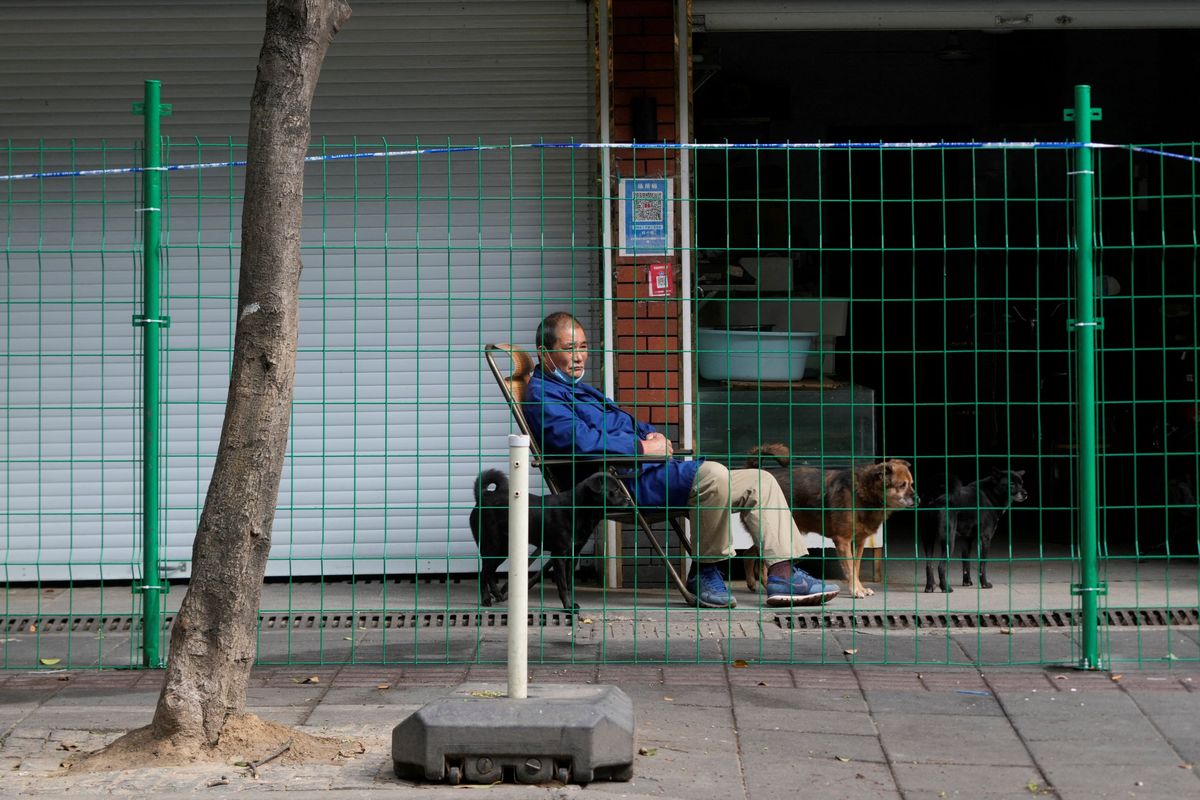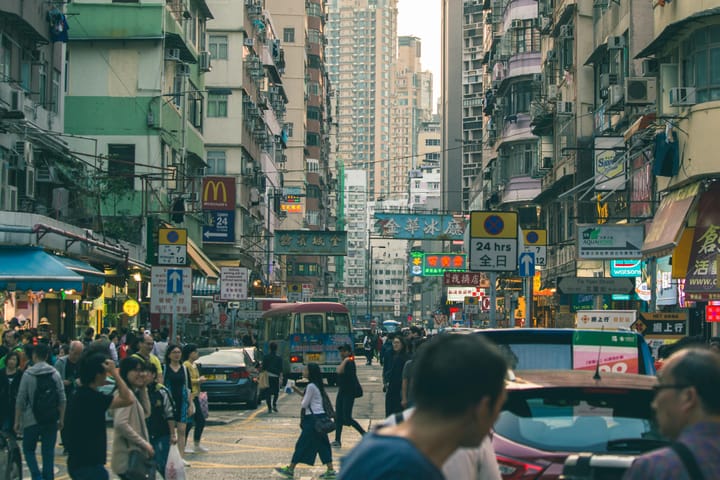China doubles down on zero-COVID approach

A few minutes every morning is all you need.
Stay up to date on the world's Headlines and Human Stories. It's fun, it's factual, it's fluff-free.
Earlier this year, the Chinese government adopted a new strategy for controlling the spread of COVID: regular mass PCR testing. Every citizen was tested a few times a week to isolate cases and cut the need for widespread lockdowns. The government had high hopes for this plan, which continues to play a big part in China’s zero-COVID approach. But, that testing strategy is facing some challenges.
After the increased domestic travel during Golden Week, there’s been a rise in COVID outbreaks in China, and infections are at their highest rates since August. And, ahead of the coming CCP congress, Shanghai and other big cities, like Shenzhen, have responded with even more testing. But, smaller cities have a harder time paying for extensive testing networks – money has been diverted from public projects to fund pandemic programs in places like Shanxi and Jiangxi. And in some cities, civil servants have had their pay cut. Plus, as of Monday, 36 cities were under various lockdowns or restrictions, affecting around 197 million people.
Key comments:
“There is a serious imbalance between local government revenue and expenditure," analysts at the Bank of China Research Institute wrote in a September note, concerned about the cost of regular mass testing.
Last week, a top official in the northeastern Xinjiang region, Liu Sushe, said, “We have not been able to achieve dynamic zero Covid for more than two months," pointing to the “ineffectiveness of our control measures."
“Once a large-scale rebound occurs, the epidemic will spread, and is bound to have a serious impact on economic and social development, and the final price will be higher and losses will be greater," wrote state-controlled People’s Daily on Tuesday.




Comments ()